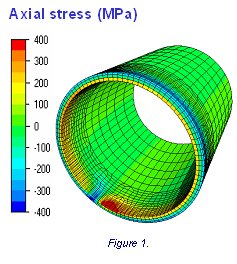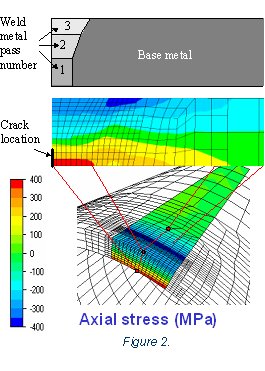You are here:
RESIA
/
Some project results
/
Integrated modelling
|
Integrated modelling
|
||||





